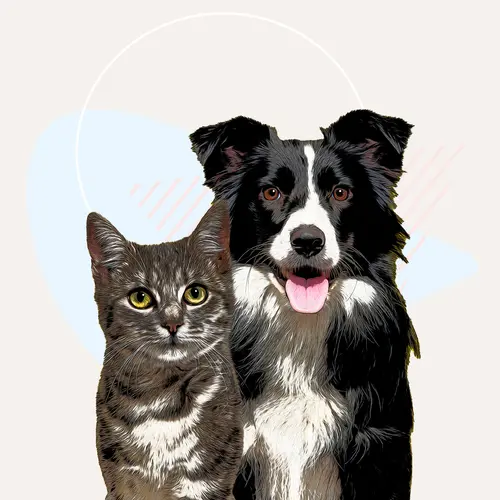Sugar gliders are small nocturnal animals originally from the treetops of Australia and New Guinea. Their diet in the wild includes a combination of sweets from the forest, small animals, and insects. Their typical eating patterns in the wild can be hard to mirror when kept as pets, so as a new sugar glider owner you’ll need to know what to feed your glider, how often to feed it, what foods to avoid, and what to do if you notice your sugar glider has stopped eating.
Sugar Glider Diet
A pet sugar glider's diet should mirror their diet in the wild as much as possible.
What sugar gliders eat. Nutrition is very important for the overall health of a pet sugar glider and with nutritional recommendations always evolving, new owners should consult with an exotic veterinarian about the latest recommendations prior to adopting a sugar glider. The Association of Sugar Glider Veterinarians says a healthy diet should consist of 75% pellet food and 25% fruits, vegetables, and tree nuts. It's important to note that foods with high levels of calcium and oxalates may lead to urinary stones in small animals, like sugar gliders, so make sure you speak with a veterinarian specializing in exotic animals.
How much to feed a sugar glider. Sugar gliders need to eat about 15-20% of their weight every day, which isn't much since they only weigh between 3-5 ounces. This comes down to about ¼ to ½ of an ice cube of Leadbeater’s, about a teaspoon of nutritional pellets, and 2-3 teaspoons of fresh fruits, vegetables, and nuts. You can also give your sugar glider some mealworms or corn as a treat.
How much water do sugar gliders need? Constant access to fresh, filtered water is important for keeping your sugar glider healthy. Provide your sugar glider water in a bottle that they can drink out of whenever they are thirsty.
What Foods to Avoid Giving Your Sugar Glider
As with many pets, there are several foods humans enjoy that can harm sugar gliders. In addition to foods high in oxalates (including spinach, kale, chard, and collard greens), which can be harmful over a long period of time, some foods can cause more immediate health problems. If you let your sugar glider roam free, make sure these foods are put away and out of reach so your glider doesn't accidentally get into them. If your glider does get into these foods, consult a veterinarian. These include:
- Chocolate
- Dairy
- Foods treated with pesticides
- Berries such as raspberries, strawberries, and blackberries
- Fruits such as pears and figs
- Vegetables such as carrots and beets
How to Feed Your Sugar Glider
Since they are nocturnal, experts recommend feeding your sugar glider in the evenings. This helps your sugar glider maintain its natural rhythms and feel more at home.
Sugar gliders can also be messy eaters. Because of this, some sugar glider owners place food in a shoebox or tray. This helps contain the mess and makes cleanup easier.
What to Do If Your Sugar Glider Is Not Eating
A decreased appetite in a sugar glider is often a sign of illness. They can easily get low blood sugar, and become slow-moving or weak. So, if your sugar glider stops eating, or is eating less than normal, it's important to see a veterinarian who specializes in exotic animals to figure out that issue.

